As summer is approaching (Southern hemisphere) I know that soon it will be too hot for me to go backpacking: we had temperatures of 30C already.
In my last effort to get a last blast of cold weather I wanted, for a couple of nights, to camp simply.

I left the
sturdy tent at home despite knowing that it might rain and be windy.
It was a welcome challenge to set up my shelter for the night with just a thin
sil-nylon tarp in a breezy location. A
candle-fire created a cozy feeling even if the flame is too meek to warm me.
The tarp flapped around a bit at night but allowed me to watch the moon play hide-and-seek with the clouds.
It was a rewarding experience to leave behind the comforts of city life, stripping myself of the safety of solid brick walls.
Laying on the ground, with only my face exposed from the sleeping bag, listening to the wind whistling in the trees is an experience 5 star hotels can't buy me.
.




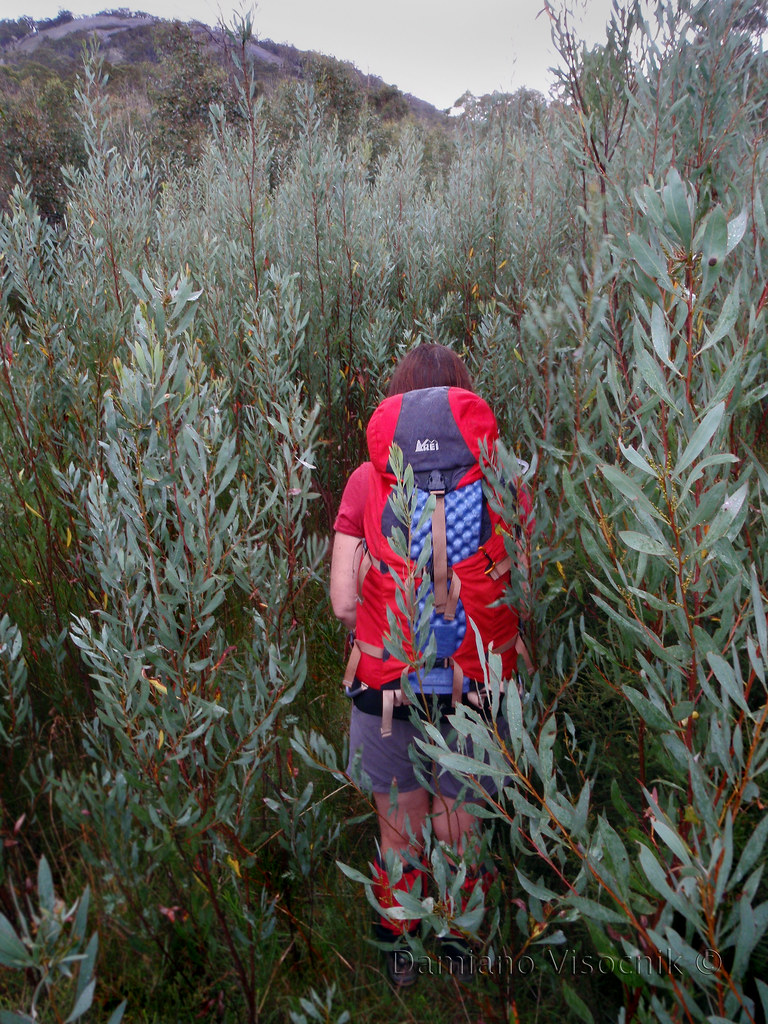
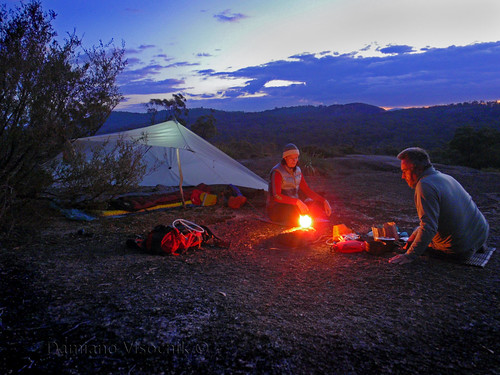
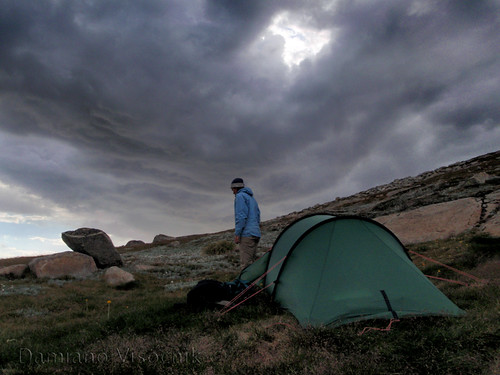
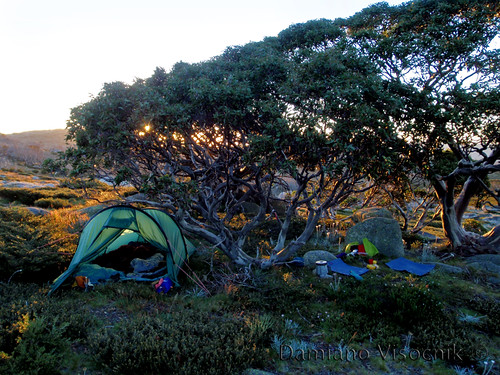
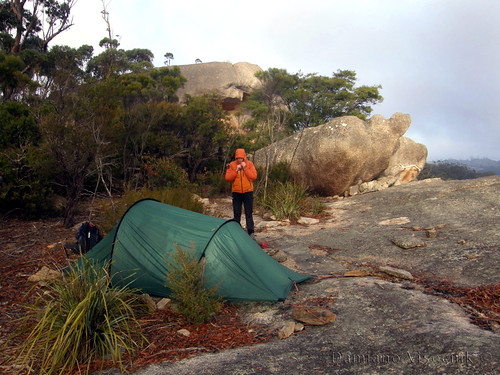

.jpg)
.jpg)

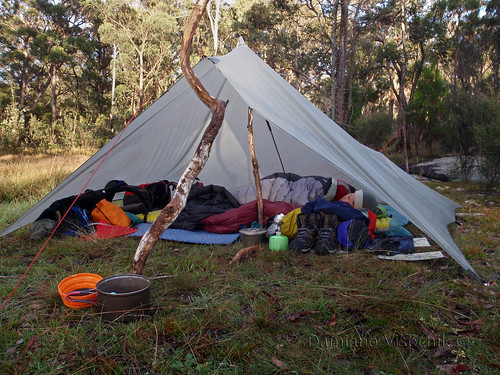
.jpg)
.jpg)
.jpg)
.jpg)
.jpg)

.jpg)
.jpg)

